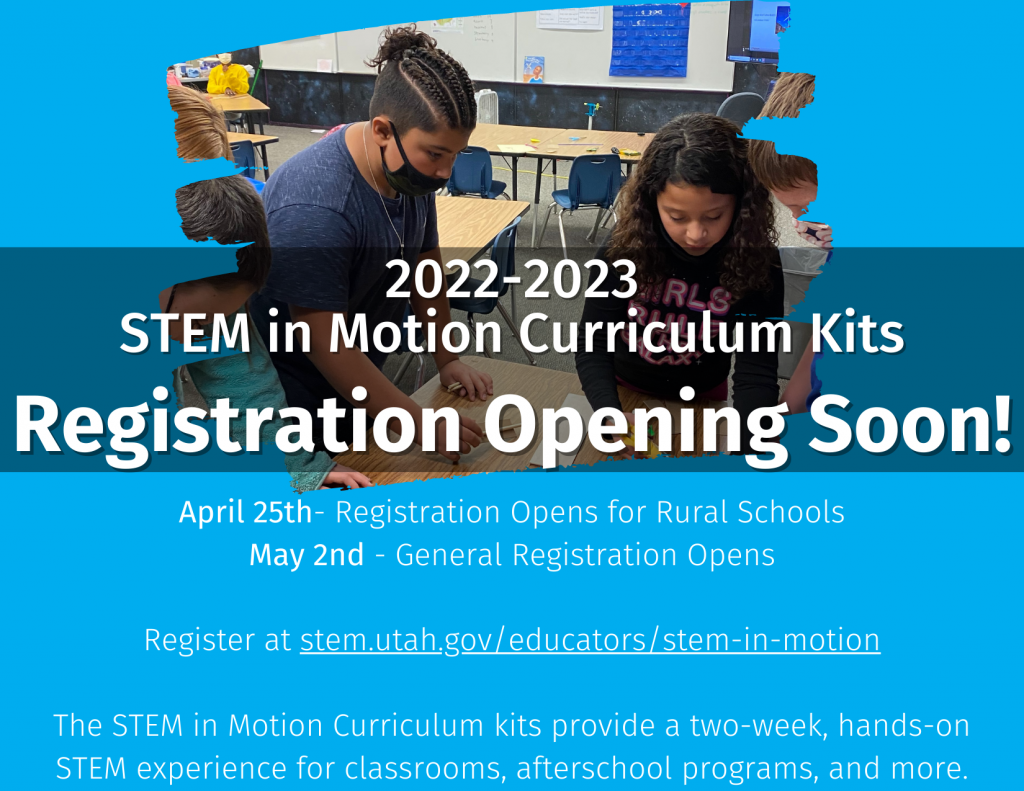Teaching Toolboxes, Robotics Kits and More
Need materials to teach a unit on Rocks, Soils, Fossils or Solar System? Hands on coding and robotics? Activities to build problem solving and teamwork skills?
Then check out these toolboxes and kits that SEDC has in its Lending Library that you can use in your classroom for hands-on learning experiences. To see more details on the contents of the Toolboxes, visit the Natural History Museum of Utah.
Wild Aware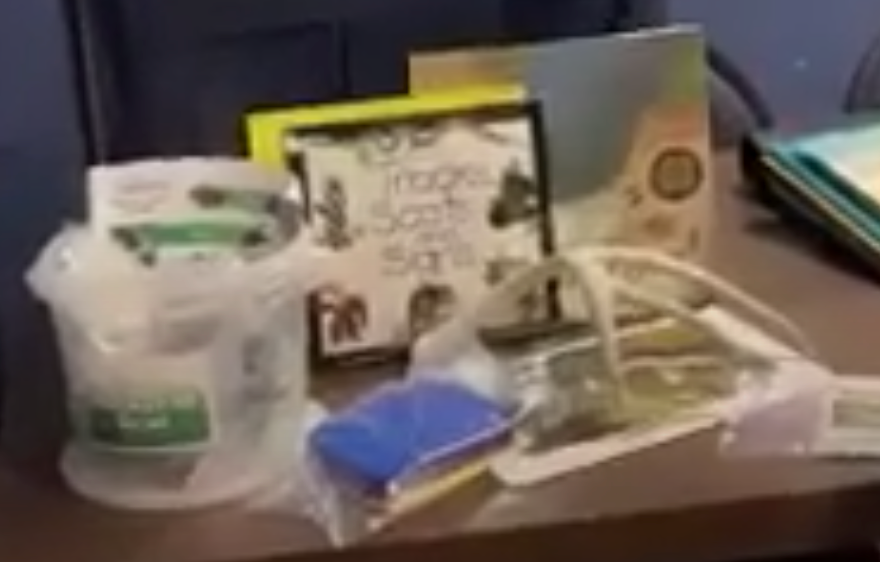 Learn about the wild animals in Utah, see more in the video at the top of the page.
Learn about the wild animals in Utah, see more in the video at the top of the page.
Breakout EDU Kits |
|
SEDC has 3 Breakout EDU kits available for checkout. We normally come to your school to facilitate your initial activity, work with you to set up and model game facilitation with you for your second activity, and then will lend out kits for your use after that. Kits are also available for purchase at BreakoutEDU.com.
|
micro:bit |
|
SEDC has two 10-pack classroom kits for checkout. Please contact Clint if you are interested in learning more about micro:bit and checking them out for your classroom.
|
Lego Robotics Kits: Mindstorm EV3 |
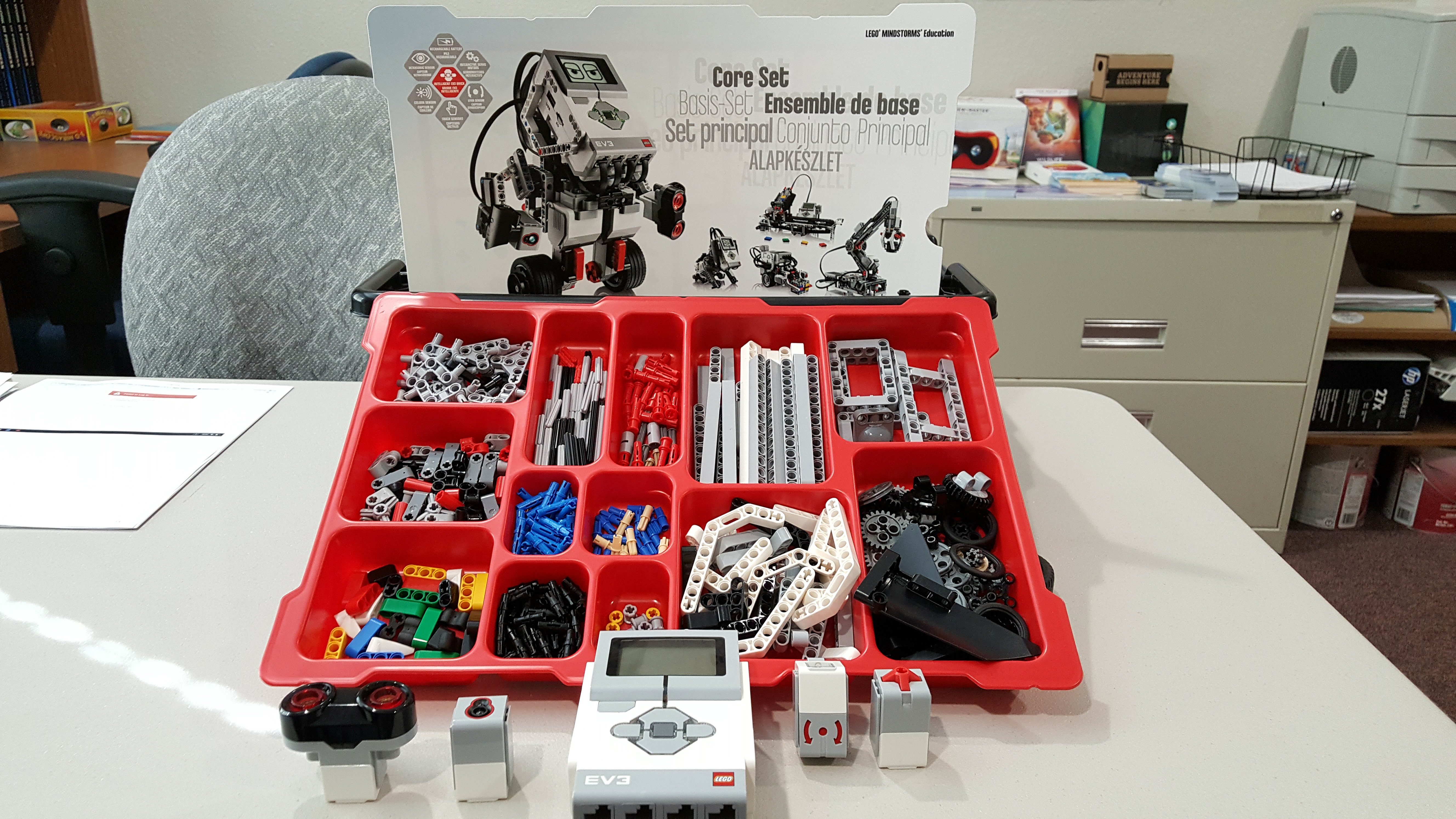 SEDC has 4 Mindstorm EV3 Robotics Kits available for checkout. Each Core Set kit includes 541 elements that can be used to build robots to help students learn science, technology, engineering, math, and computer science. The Lego Mindstorms software, that is used with these kits, contains instructions on how to build four example robots: SEDC has 4 Mindstorm EV3 Robotics Kits available for checkout. Each Core Set kit includes 541 elements that can be used to build robots to help students learn science, technology, engineering, math, and computer science. The Lego Mindstorms software, that is used with these kits, contains instructions on how to build four example robots:
The required software, LME EV3 Software (4544), can be downloaded here
|
GPS – Classroom Set of Garmin eTrex 20 GPS Units |
|
SEDC has a classroom set of 20 Garmin GPS unites available for classroom use. Contact Clint if you are interested in a student classroom training on GPS and Geocaching or if you would like to check out our GPS units. Digitalis Planetarium
See the Lesson Plans here |
SUU STEM and STEAM KitsAdditional kits are available from the SUU STEM Lending Library, learn more about them here: You can sign up and request the SUU Kits here. Check out the traveling STEM kits! We want to bring STEAM activities to YOU! The SUU STEM Center is now offering Traveling STEAM Kits with engaging activities for grades K-5. The kits include Pet Tornados, Infrared Cameras, Legos, Specdrums, Piano Mats, Magnatiles, and Looms. Special thanks to the Southern Utah Museum of Art (SUMA) for providing an activity in the kits! Request a kit for your school today! Teaching Toolboxes from the Natural History Museum of Utah, The Hogle Zoo, The Red Butte Gardens and Utah.gov and the Clark PlanetariumSee a preview of the kits here! |
Soils |
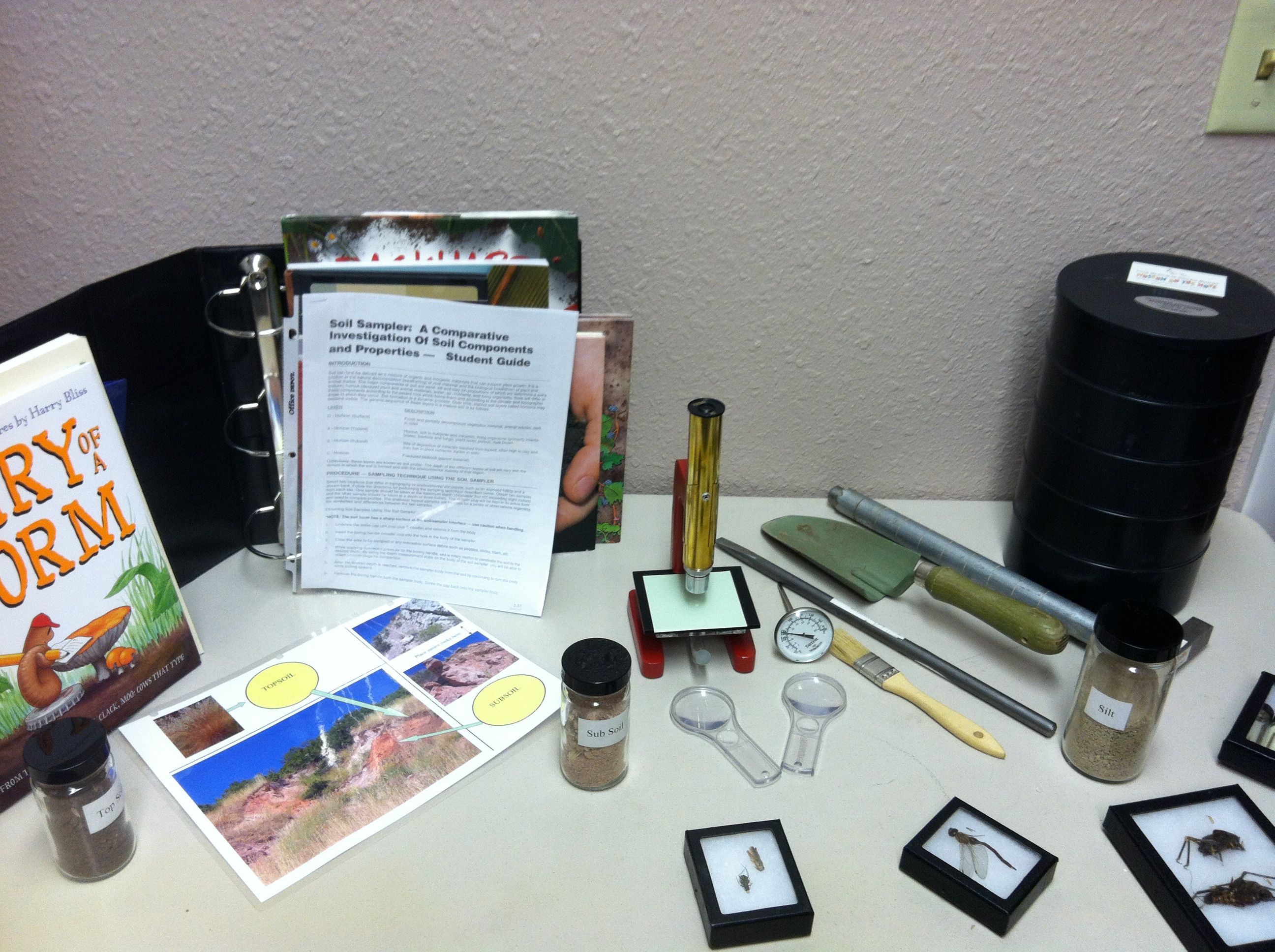 Why is forest soil different from desert soil? What organisms are able to survive in the harsh alpine ecosystem? Learn about the processes that contribute to soil formation in Utah’s amazing landscape. See complete contents here. Why is forest soil different from desert soil? What organisms are able to survive in the harsh alpine ecosystem? Learn about the processes that contribute to soil formation in Utah’s amazing landscape. See complete contents here. |
|
|
Fossils |
 Check out some of the Museum’s latest fossil discoveries. See casts of Utah-finds like the Allosaurus, Ceratops, Falcarious, T-Rex, and more. Learn more here. Check out some of the Museum’s latest fossil discoveries. See casts of Utah-finds like the Allosaurus, Ceratops, Falcarious, T-Rex, and more. Learn more here. |
|
|
Rocks & Minerals |
 Examine the differences between rocks and minerals and learn how each was formed. Discover how rocks and minerals are important in our everyday lives. Compare specimens in the different stages of the rock cycle. See complete contents here. Examine the differences between rocks and minerals and learn how each was formed. Discover how rocks and minerals are important in our everyday lives. Compare specimens in the different stages of the rock cycle. See complete contents here. |
|
|
Plants |
 Plant specimens from Utah’s diverse habitats are accompanied by curriculum, activities and resources for studying adaptation and classification. See examples of Utah plants from wetlands, forests, and deserts. Learn to sort and classify using seeds, plant specimens and important botanical resources. See complete contents list. Plant specimens from Utah’s diverse habitats are accompanied by curriculum, activities and resources for studying adaptation and classification. See examples of Utah plants from wetlands, forests, and deserts. Learn to sort and classify using seeds, plant specimens and important botanical resources. See complete contents list. |
|
|
Digging Dinosaurs |
 This toolbox provides teachers with one-of-a-kind Museum casts of dinosaurs unearthed by Utah paleontologists. Learn more here. This toolbox provides teachers with one-of-a-kind Museum casts of dinosaurs unearthed by Utah paleontologists. Learn more here. |
|
|
Moon and Sun Phases |
 Explore the Moon and Sun Phases. This kit has all the equipment needed to allow students to create the Moon and Sun Phases. See the Clark Planetarium website for instruction materials. Explore the Moon and Sun Phases. This kit has all the equipment needed to allow students to create the Moon and Sun Phases. See the Clark Planetarium website for instruction materials. |
Ethnobotany: People and Plants |
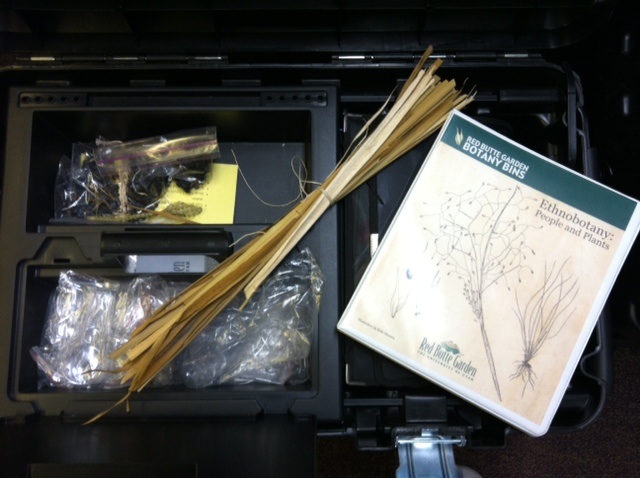 This bin is a study of how people interact with plants in their environment. Lesson plans for this module are written to align with fourth grade science core, but can also be modified for other grade level science core and intended learning outcomes. Lessons are interdisciplinary and include classification, Utah biomes, Utah native plants and their use by native people and pioneers, and plant adaptations. Teachers can efficiently cover a number of other content areas in addition to science – math, language arts, social studies, fine arts – as the bins contain appealing materials and fun, hands-on activities This bin is a study of how people interact with plants in their environment. Lesson plans for this module are written to align with fourth grade science core, but can also be modified for other grade level science core and intended learning outcomes. Lessons are interdisciplinary and include classification, Utah biomes, Utah native plants and their use by native people and pioneers, and plant adaptations. Teachers can efficiently cover a number of other content areas in addition to science – math, language arts, social studies, fine arts – as the bins contain appealing materials and fun, hands-on activities
|
|
|
Field Tools |
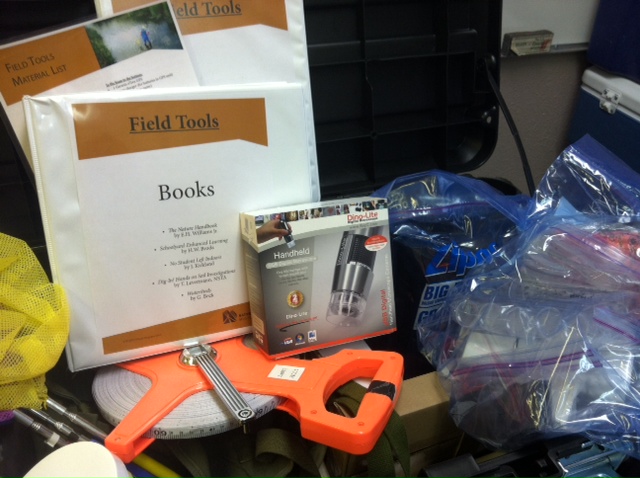 This toolbox includes gloves, trowels, soil sieve, soil corer, hip waders, pipettes, collection vials, water testing kit, collapsible kick net, butterfly and insect nets, quadrats for plant surveys, plant presses, Garmin eTrex Ventures with rechargeable batteries, Kestrel (monitors air, water, snow temperature, wind speed, humidity, etc.), monoculars, streak plates, Dino-Lite Digital Microscope, Brock Magiscopes with multiple powered eye pieces, hand lenses, backpacks (so your students can carry around all this amazing stuff!) This toolbox includes gloves, trowels, soil sieve, soil corer, hip waders, pipettes, collection vials, water testing kit, collapsible kick net, butterfly and insect nets, quadrats for plant surveys, plant presses, Garmin eTrex Ventures with rechargeable batteries, Kestrel (monitors air, water, snow temperature, wind speed, humidity, etc.), monoculars, streak plates, Dino-Lite Digital Microscope, Brock Magiscopes with multiple powered eye pieces, hand lenses, backpacks (so your students can carry around all this amazing stuff!) |
|
|
Heat Transfer |
|
|
|
|
The Archaeology of Spotten Cave
|
|
|
|
|
How do I get these?The kits can be reserved in advance and picked up at SEDC. Please fill this out to reserve a toolbox. If you need one now, call Chris at 435-586-2865 or email chris@sedck12.org. For schools in Millard, Kane, Garfield and Beaver, we may be able to deliver if one of our team is scheduled in your school. |
|
|
|
Check the current reservations below: Want even more kits? Check these out!
|

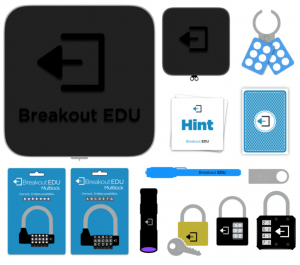 Breakout EDU is a physical game kit and platform where students work together to solve various puzzles to open a locked box, similar to an escape room. You can use Breakout kits in every subject area and grade level. From their
Breakout EDU is a physical game kit and platform where students work together to solve various puzzles to open a locked box, similar to an escape room. You can use Breakout kits in every subject area and grade level. From their 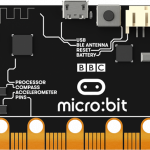
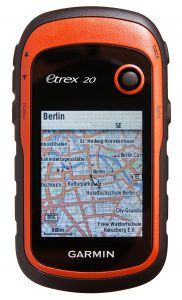 Place-based learning is an ever-growing need for students. The more we can get students thinking spatially, the better thinkers and problem solvers they can become. Clint can provide teachers with training on the
Place-based learning is an ever-growing need for students. The more we can get students thinking spatially, the better thinkers and problem solvers they can become. Clint can provide teachers with training on the 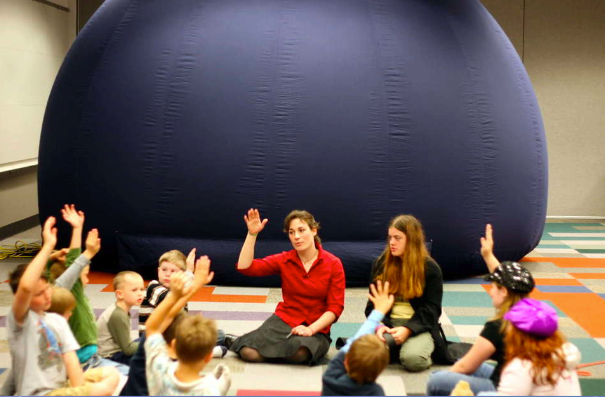 Teachers can reserve the the planetarium by contacting Clint (clint@sedck12.org). The planetarium will be delivered, picked up and
Teachers can reserve the the planetarium by contacting Clint (clint@sedck12.org). The planetarium will be delivered, picked up and Have your students measure change in thermal energy using a classroom set of laser thermometers, heat lamps, and soil samples. Aggregate your class’ data to build a graph that shows the thermal inertia of different materials.
Have your students measure change in thermal energy using a classroom set of laser thermometers, heat lamps, and soil samples. Aggregate your class’ data to build a graph that shows the thermal inertia of different materials.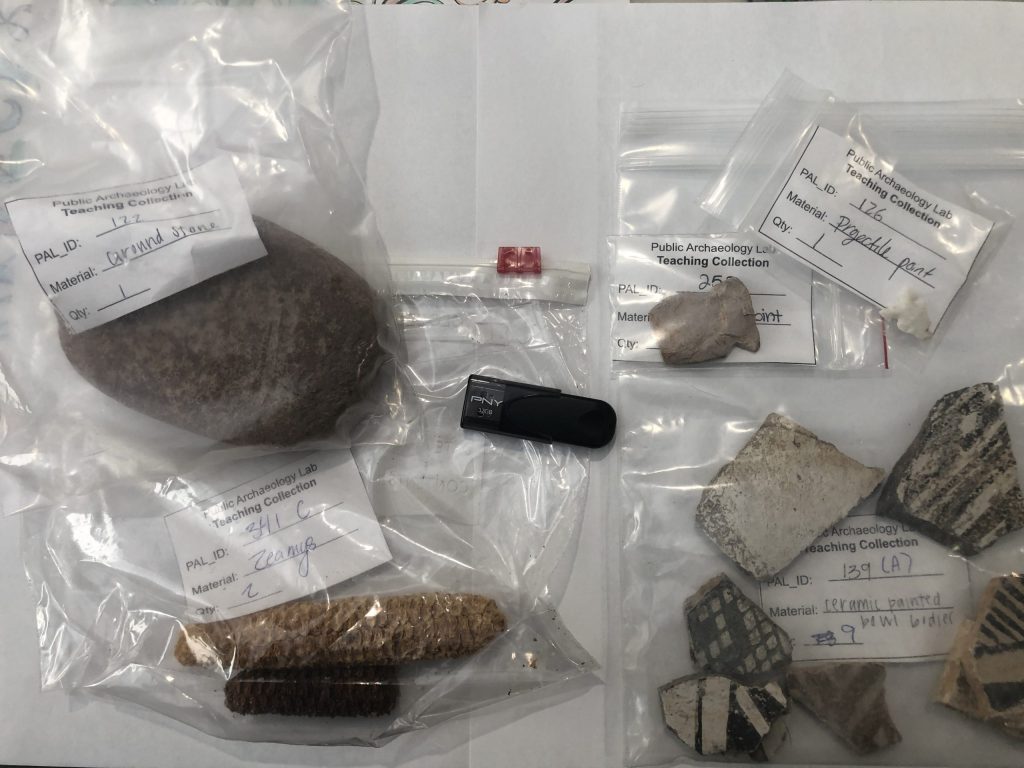 Through the lens of archaeology, you will learn about stratigraphy and relative dating, and use your reasoning abilities to interpret what may have occurred in an ancient rock shelter. This kit includes examples, teacher guide, lesson plans and worksheets.
Through the lens of archaeology, you will learn about stratigraphy and relative dating, and use your reasoning abilities to interpret what may have occurred in an ancient rock shelter. This kit includes examples, teacher guide, lesson plans and worksheets. 